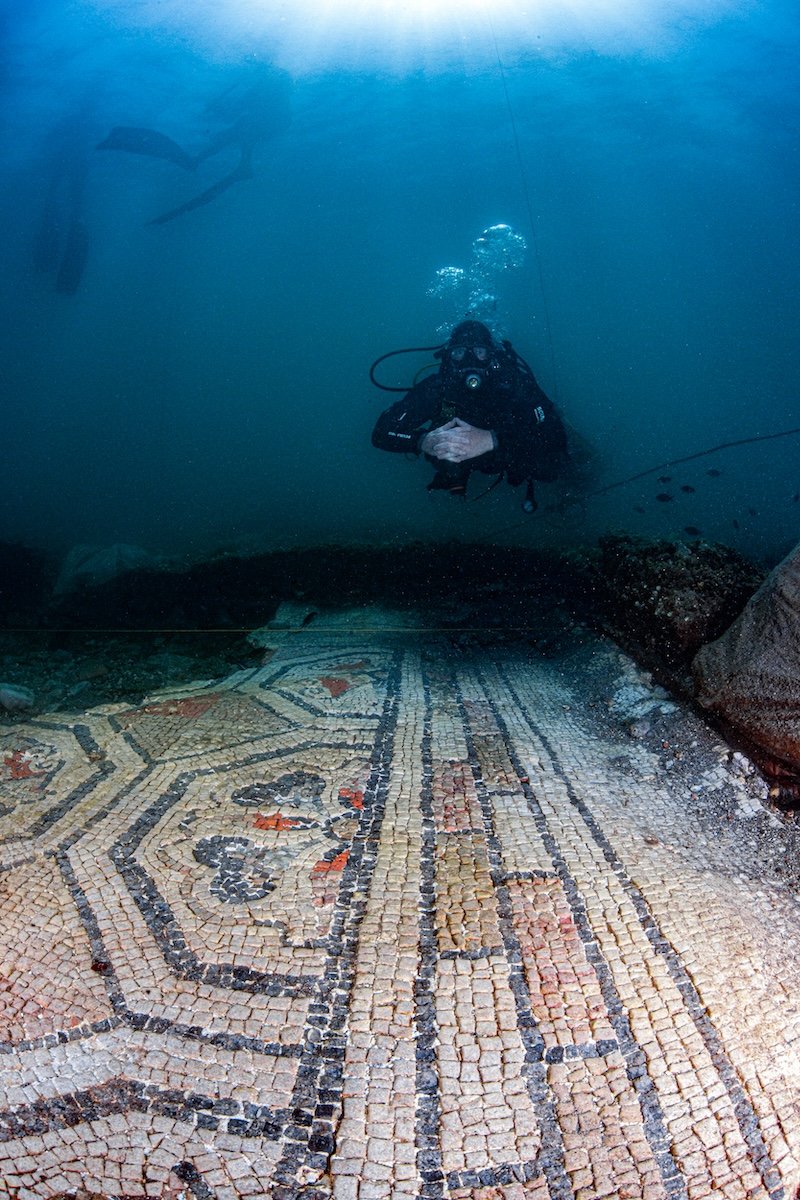Submerged Baia
Require
Info

Near Naples, there's an underwater Pompeii: the Baia Archaeological Park. Dive into Campania's Atlantis with guided diving or snorkeling tours.
It is 1956 and commander Raimondo Bucher, during an aerial survey, spies from the sky an entire Roman city, located on the depths of the Gulf of Pozzuoli. Ancient Baia had just been discovered, the most sumptuous and luxurious city of the Roman Empire.

Capri, Saint Tropez and Beverly Hills would not have compared to such a thriving world as the one of which Baia could boast. The Gulf of Pozzuoli was the place to be for Roman high society and owning a villa here was a matter of prestige. Artists, patricians and sovereigns throughout history have spent most "pleasant" hours here: from Caesar to Cicero, from Virgil to Nero, from Caligula to the philosopher Seneca, who attributes natural beauty to it, but also emphasising that it was a place of vice and debauchery. Whatever was not permitted in Rome, could be done in Baia.


Then, all of a sudden, Baia was forgotten. The cause of oblivion was bradyseism, a phenomenon due to the volcanic action of the territory, which caused it to sink. That's why the city is now under water. With your mask and fins you can admire a sort of "underwater Pompeii" made of majestic buildings, including the Villa dei Pisoni, with a thermal pool, the Villa a Protiro with its mosaics and the incredible Emperor Claudius' Nymphaeum.

In 2002, the protected marine area of Baia was created: a submerged archaeological park of unimaginable historical and cultural value. Its depths satisfy any underwater, photographic, naturalistic, speleological and archaeological interest. The submerged Baia park is a unique example of archaeological and naturalistic underwater protection in the Mediterranean Sea. It's like diving into the depths of mythical Atlantis.